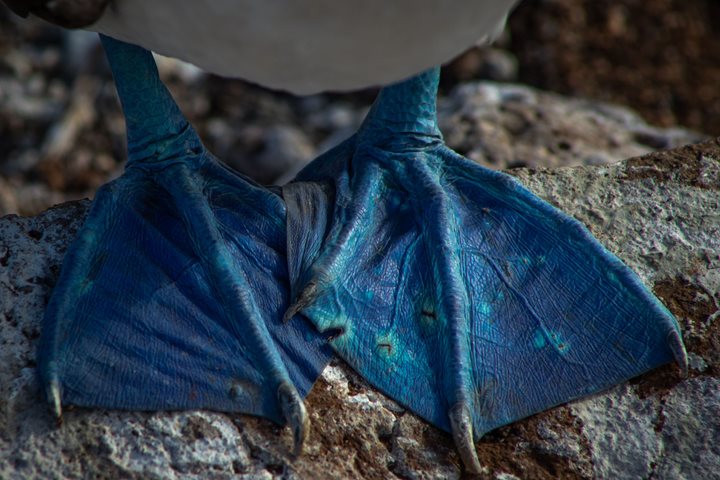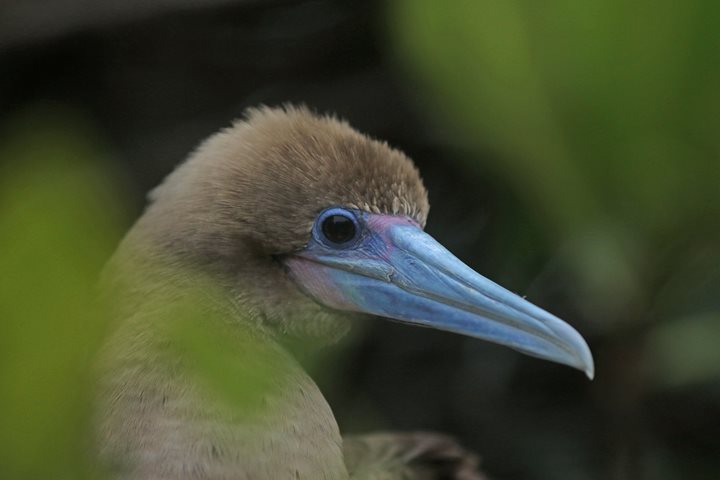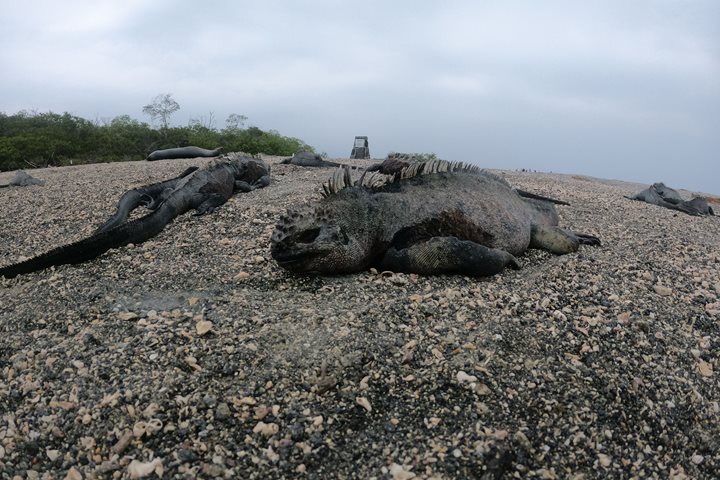Alcedo Volcano is one of five active ones that form the Island of Isabela. It’s located right in the center, and here we anchored at Urbina Bay, well known for being one of those uplifts. Uplifting means a geological event that describes part of the island that was originally underwater being pushed up above water, with all kinds of marine life on top of it, without giving them an opportunity to escape.
This is where we disembarked with a wet landing on a black beach, surrounded by the already-green vegetation. The hot season is here, but this year is, so far, a mild one.
We started off on a walk for some, a hike for others, with the intention to find the typical wildlife of this area. There wasn’t a need to go too far - the tortoises were on the trail, big ones, medium ones, and small ones, reminding us about the journey they make every year from the top of the volcano to the lowlands, when the season has begun.
Along the trail we found also land iguanas, famous for their beautiful golden color. Like almost every form of life on these islands, they are reminders of forces which make life change, species change, without forgetting species like Darwin finches and Galapagos mockingbirds.
A forest of lush vegetation was ahead of us. It’s hard to believe this is an uplift, as time has changed this place, but at some point along this hike, heads of white coral show up above sea level and help us remember.
Continuing along the coastal part of the trail the heat was on us. We followed the rugged coast with sharp lava formations and sand in between to get to the same disembarking area, ready to jump in the water. It was a great refreshing moment before going back aboard the National Geographic Islander.
The ship continued its journey towards Tagus Cove. Along the coast the landscape offered several tuff cones, their whiteness a sign of recent life and volcanic activity. Tagus Cove is a place with a lot of historical meaning. Whalers, pirates, and who knows who else may have landed here in the past to search for water and food. We visit here to understand all that, but under a different view - to see it while snorkeling, kayaking, and walking.
Today we experienced the Galapagos from underwater, along the coast, and on the landscape, and all three types of activities were superb. This combination of wildlife is utterly unique, for where else on earth can you visit a penguin, a turtle, and a flightless cormorant all in the water together?
We must say goodbye to the west of Galapagos, and now look forward to what is next to come.







